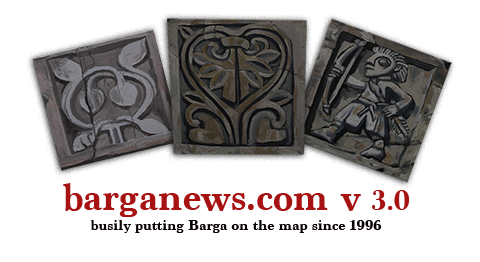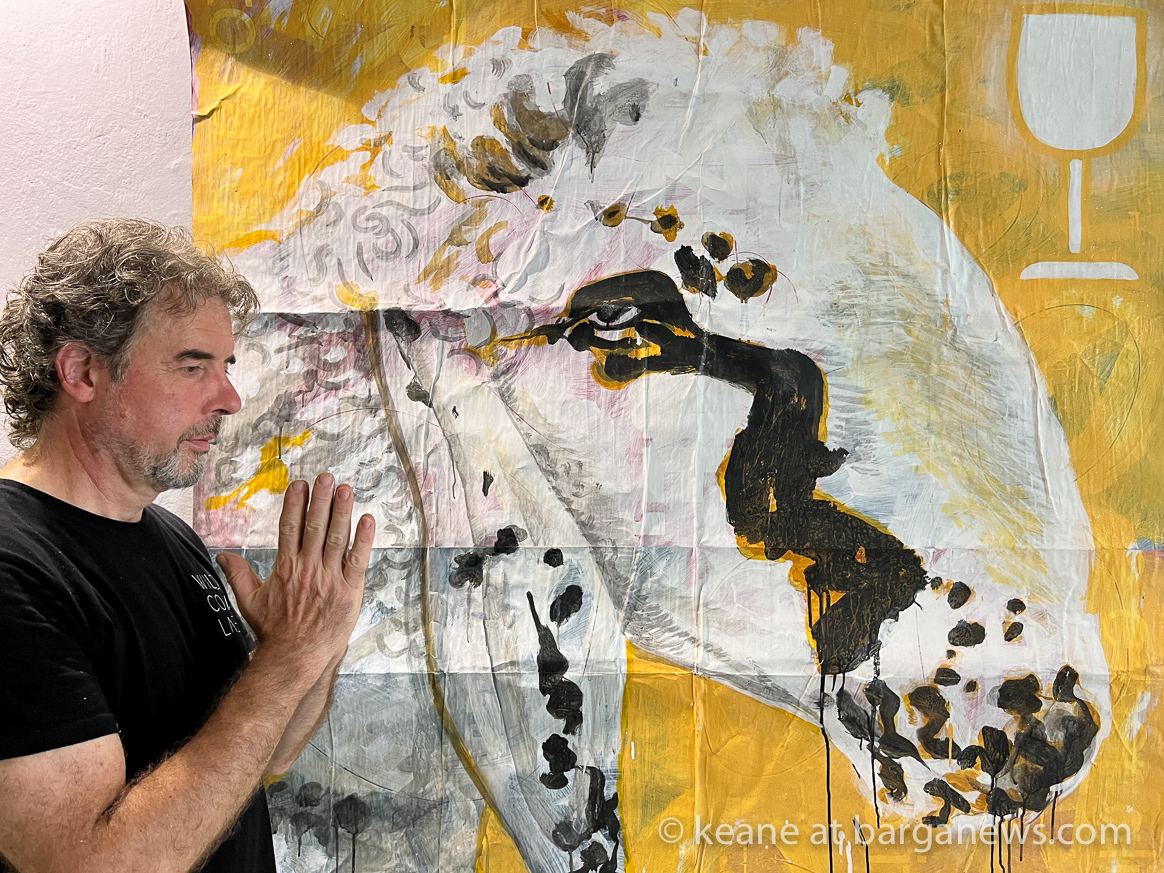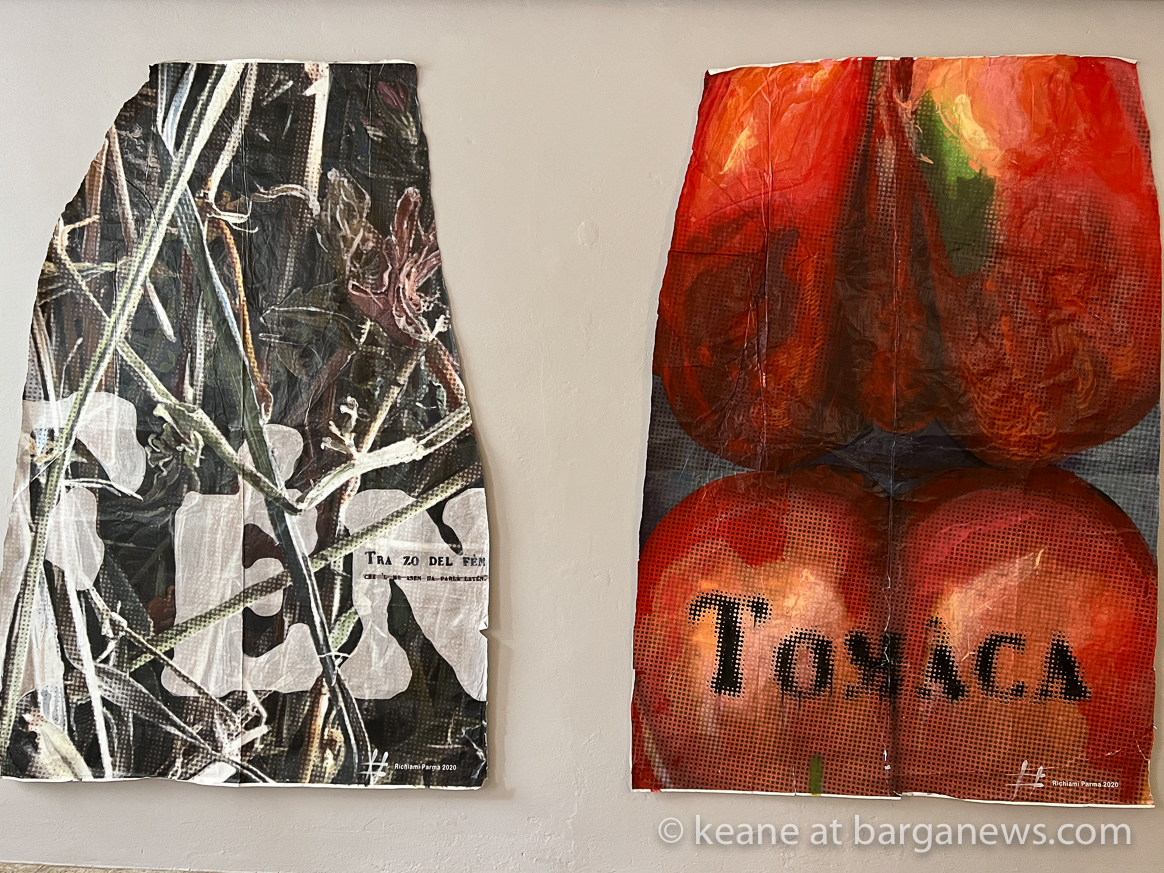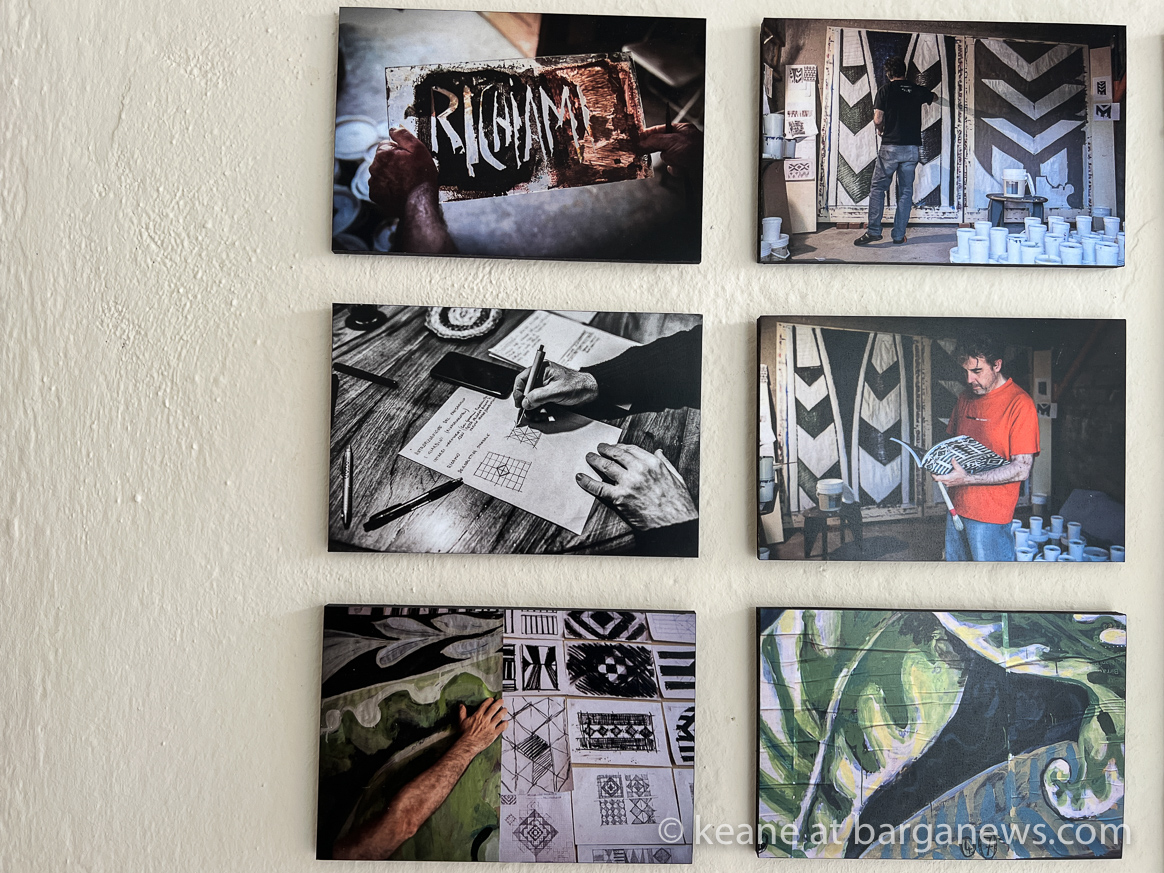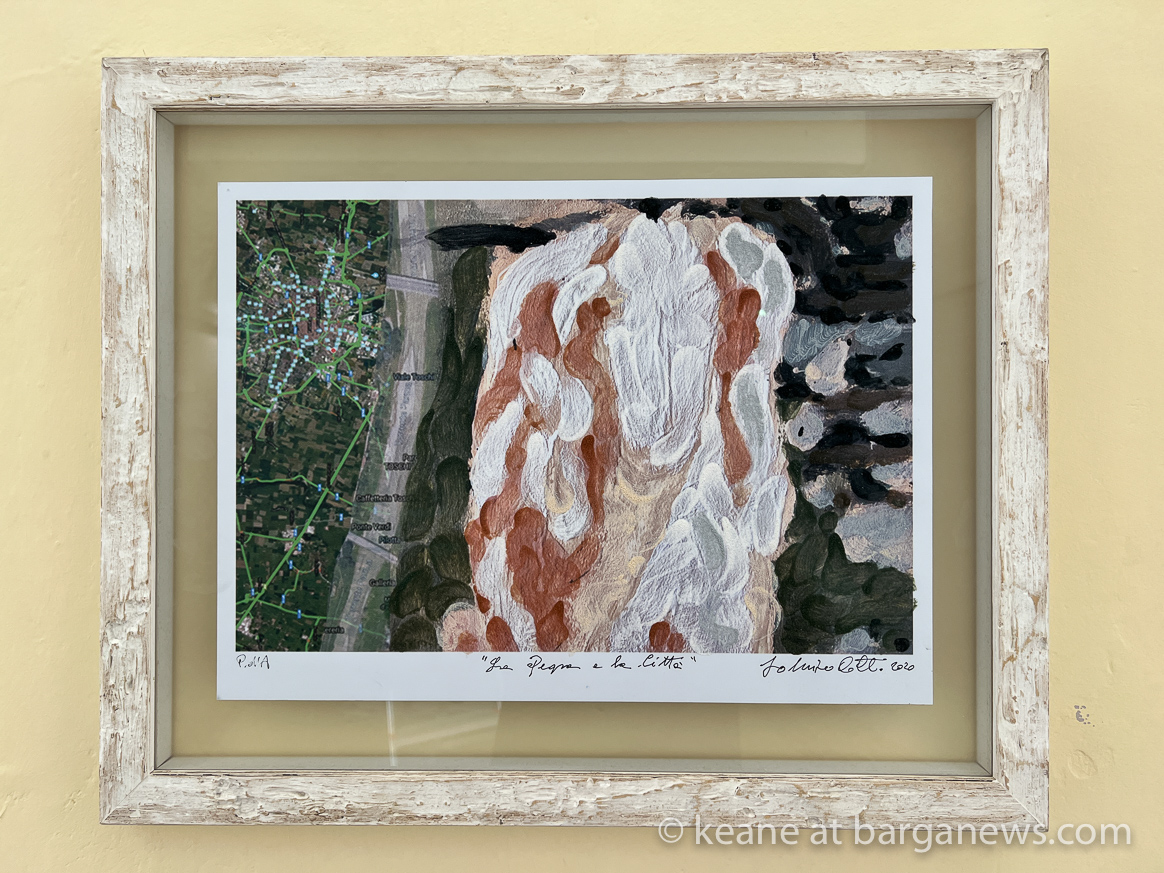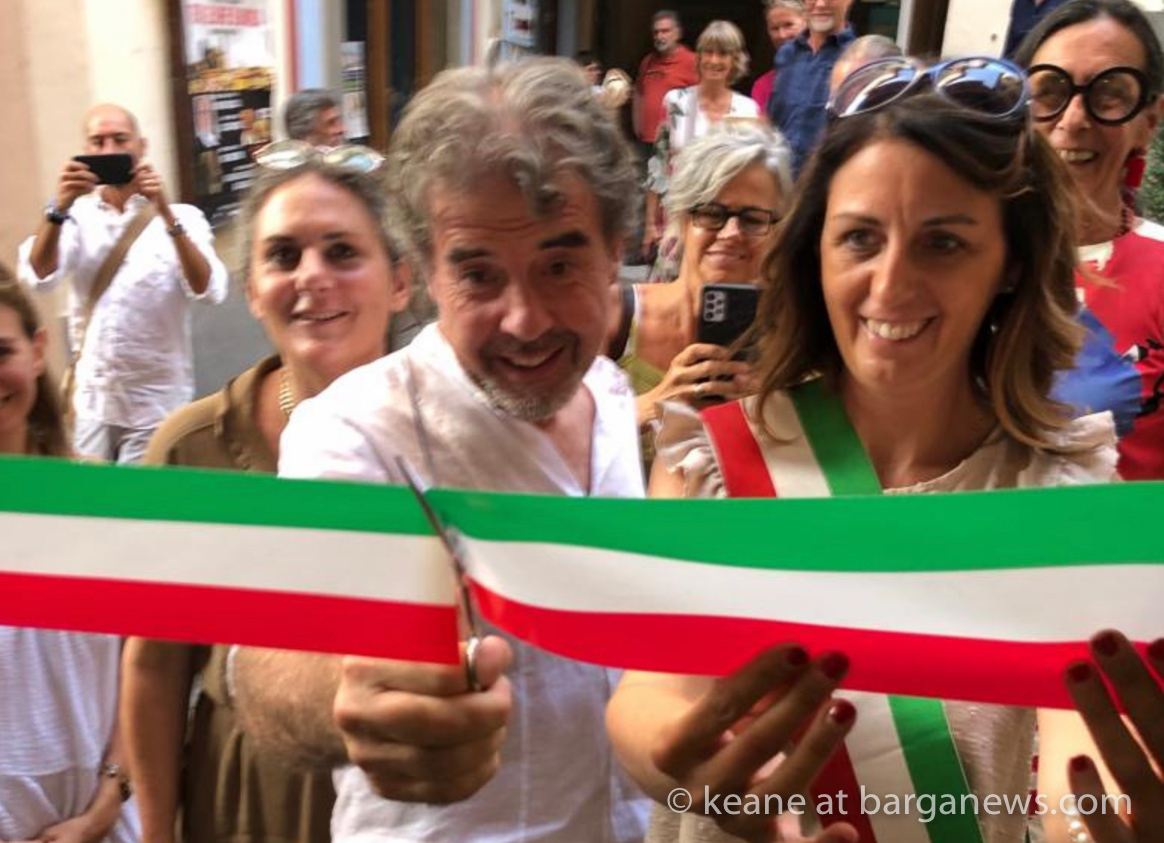A “sense of place” has been a familiar current in Italian art since the Renaissance. Giorgio Vasari’s “Lives of the Most Excellent Painters, Sculptors and Architects” (1550) — the celebrated biographical survey of those who made Florence and other Tuscan cities the cultural icons of the western world in the 15th and 16th centuries — might well have been a portrait gallery of the cities themselves.
The works cited by Vasari provide vivid depictions of la vita fiorentina 600 years ago, played out in the sculpted facades and portals of the city’s buildings, the elaborately sensual clothing of its painterly subjects, and the lush, detailed backdrops favored by the likes of Giotto, Leonardo da Vinci, Ghirlandaio, Massaccio, Michelangelo, Botticelli and Fra Angelico, to name just a few.
Their direct descendant, the Tuscan painter Fabrizio Da Prato, born in Castelnuovo but resident in Barga for several decades, has made that motif the driving force of four projects dating back to 2017. Each was presented under the rubric “Richiami,” which ambiguously translates as “Recollections,” and may also imply “Reconsiderations.” They focused on sites named as Italy’s annual “Capital of Culture” over the past five years: Pistoia (2017), Palermo (2018), Parma (2020-21, completed in two parts due to the pandemic), and the Neapolitan island of Procida (2022).
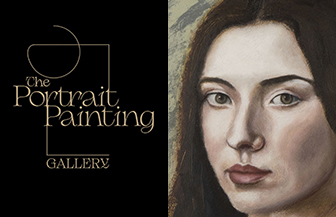 |
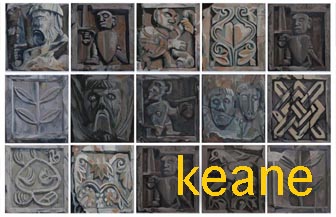 |
 |
 |
While the exhibition at Barga’s Galleria Comunale alludes to all four, its sights are trained most intensely on Parma — and it is an unqualified triumph.
No treatment of Parma’s sense of place can exclude food. This small city of 200,000 in Emilia-Romagna is synonymous, worldwide, with Italian cuisine: the source of its most famous cheese, Parmiggiano, and of its equally famous Prosciutto di Parma; the birthplace and home of the globe’s best-known pasta maker, Barilla, operating in 100 countries and supplied by 10,000 farms; the headquarters of Parmalat, a mammoth international force in food production and distribution.
Da Prato’s exploration of this identity is both homage and critique. The Comunale mostra includes conventional paintings that served a role similar to Michelangelo’s experimental “cartoon” sketches of the Last Judgment, prior to its formal depiction in the Sistine Chapel’s magnificent frescoes. Masterful in their own right, they are also Da Prato’s de facto cast of characters for an upcoming public drama, ranging from tomatoes and milk labels to a single, rather noble bastoncino of uncooked Barilla rotini and a ewe who disconcertingly looks her viewer right in the eye.
The completed drama, in keeping with a deeper narrative about the nature of Parma’s role in food — and Da Prato’s longstanding interest in the function of publicity in modern society and culture — was not consigned to a museum. Instead, its components were printed for temporary display on large-scale paper advertising sheets, then mounted on 14 billboards along one of the city center’s busiest streets, the Viale Toschi.
In the words of Alice Baroni, a journalist and art critic who has worked closely with Da Prato, “Richiami Parma” is a consciously “ephemeral work,” accompanied by a chorus of automobile and truck horns and engines, for an audience of workers, students, passersby and travelers, on foot and aboard bicycles.
The billboards’ thematic target, notes Baroni, was not simply Parma’s food, but its “deadlines, offers and promotions, its packaging, instructions on how to open the packaging, certificates of provenance, numbers, stamps, doses and weights.” In short, the vast, often enigmatic commercial universe that envelopes the modern food industry.
“Richiami Parma” is the second Galleria Comunale exhibition under the curatorship of Giorgia Madiai and Kerry Bell, themselves notable members of Barga’s thriving arts scene. “We consider it as the locus of a community, and not a museum in the usual understanding, says Madiai, “ a space for many people to work together and share their visions.” Over the coming year, the plan is to feature one artist, or group of artists per month. They tentatively include photographer Stefano Tomassi in September, and in October a collective addressing the theme “Io sono Poesia.” I am Poetry.
article by Frank Viviano
Articles from the 8 times Pulitzer Prize nominated journalist/ best selling author and barganews staff reporter Frank Viviano can all be seen here
